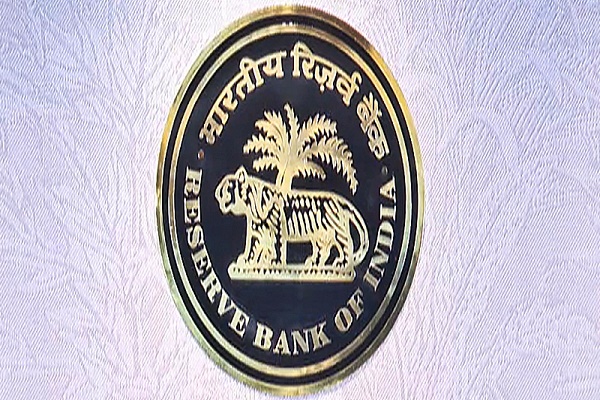Franklin Templeton Institute Forecasts Broadening Global Opportunities Amid Monetary Easing and Dollar Weakness in 2026

The Franklin Templeton Institute released its Global Investment Outlook: 2026 and Beyond, highlighting three key cyclical themes for investors that underscore changing global dynamics and shifting avenues for return.
“The global investment landscape is evolving, due to improving profitability and higher valuations in sectors and regions that have historically been overlooked, and that’s a welcome turn for investors,” said Stephen Dover, Chief Market Strategist and Head of the Franklin Templeton Institute. “While the U.S. remains a magnet for global investment flows, regions, sectors and asset-classes outside the U.S. are well positioned to benefit in 2026 from monetary easing gaining traction globally and the dollar under pressure.”
Themes for 2026: Broadening, Steepening, Weakening
Broadening growth
With the U.S. economy showing resilience and corporate profits expanding, the Institute sees a lift in non-U.S. equities, especially in emerging markets and Europe, as valuations improve and earnings momentum builds. U.S. small-cap stocks and cyclical sectors, including industrials and financials, are expected to benefit from the Fed trimming interest rates and debt servicing costs decreasing.
Steepening yield curves
Global central banks easing policy at the same time as demand for infrastructure and capital investment increases to meet rising capital demand for AI-driven innovation and energy infrastructure will push up longer-term interest rates and steepen the yield curve. A steeper yield curve should, in turn, prompt investors to look beyond cash toward opportunities in duration, credit, and equities.
Weakening dollar
Due to further Fed rate cuts and a softening U.S. labor market, the Institute anticipates that the U.S. dollar will continue its downward path into 2026. A weakening U.S. dollar should enhance returns for global investors and provide a favorable backdrop for dollar-rewarded assets such as emerging-market debt and non-U.S. equities.
Looking Beyond the Cycle
Over the longer term, the Institute sees three secular forces that are projected to shape the investment landscape:
* The Age of Intelligence: Artificial Intelligence, data infrastructure and advanced technologies will drive structural capital demands across sectors and geographies. The need to “feed the beast” of AI will generate new investments in electricity production, transmission, and storage.
* Private Markets Go Mainstream: Private equity, private credit, and other alternative investments are on the cusp of going mainstream. The “mainstreaming” of private markets creates opportunities for a larger number of savers to partake in higher and more diversified sources of return and implies larger inflows of capital.
* Big Government Era: Higher fiscal deficits, industrial policy, and de-globalization trends are likely to raise structural borrowing costs and reshape return expectations, resulting in higher real interest rates for the remainder of this decade.
“As we look ahead to 2026, innovation will serve as the key driver of returns particularly in technology, private markets and digital finance,” added Larry Hatheway, Global Investment Strategist. “However, with geopolitical divisions likely to persist, inflation pressures lingering, and the potential for shifts in Fed policy, investors must remain both selective and vigilant in the years ahead.”
Above views are of the author and not of the website kindly read disclaimer
























